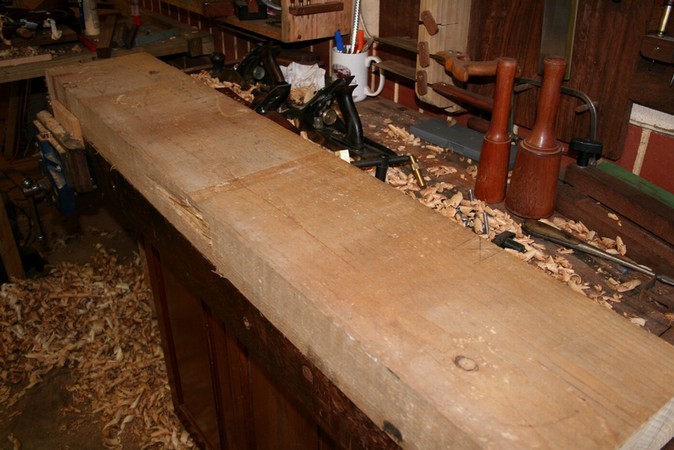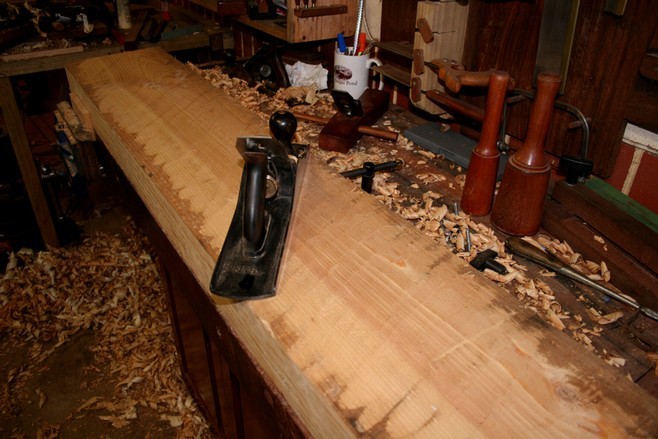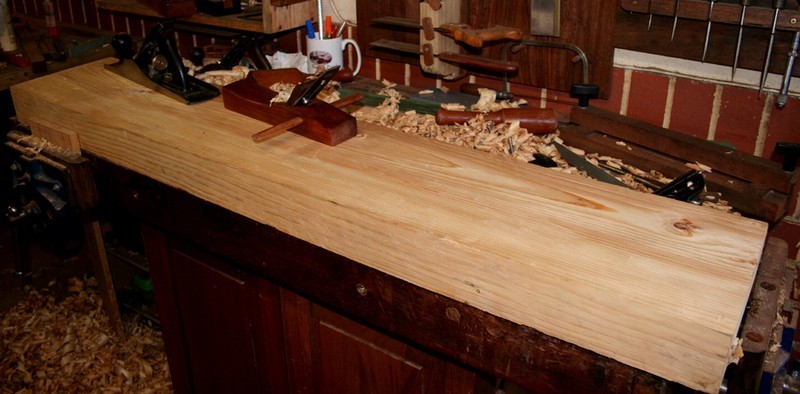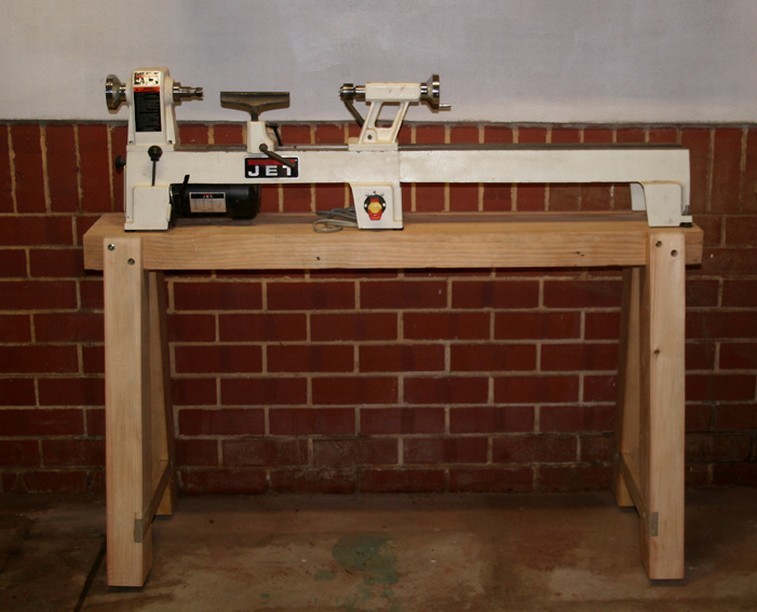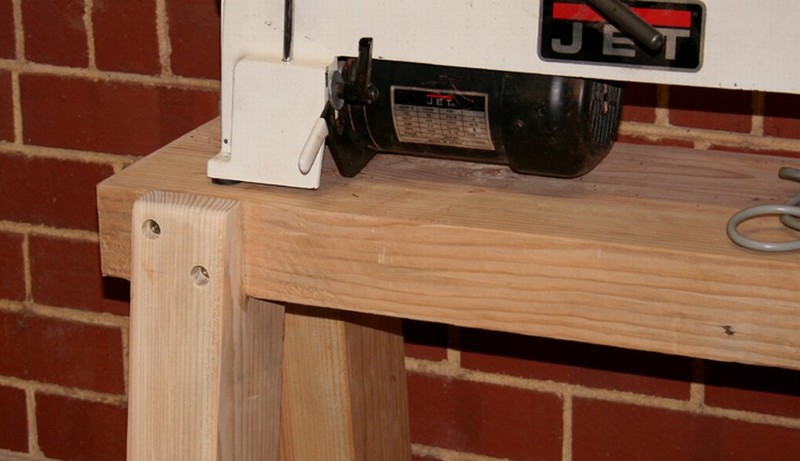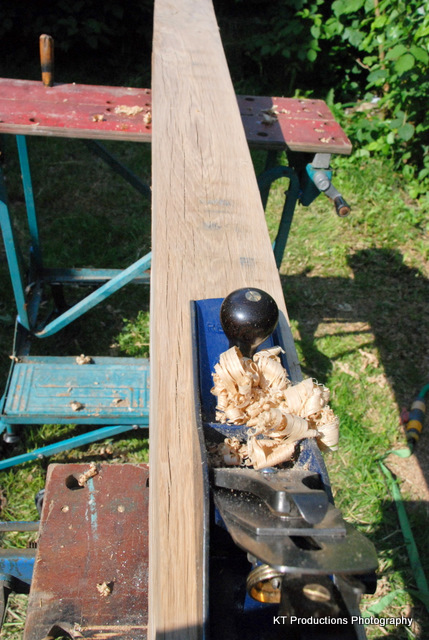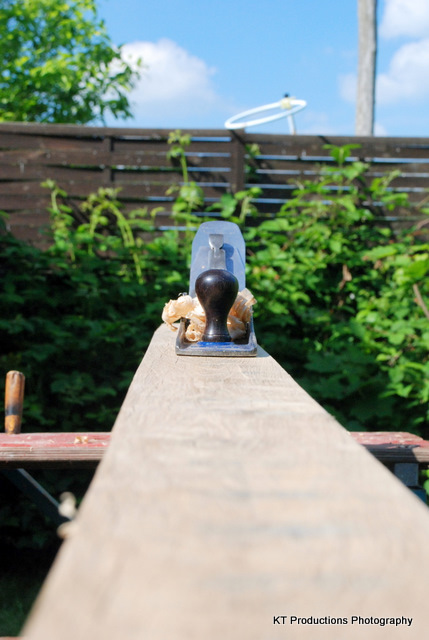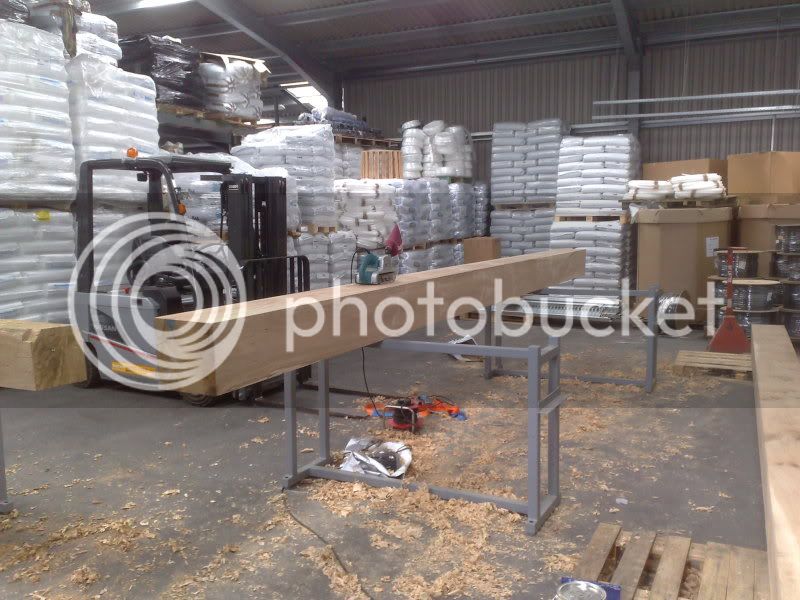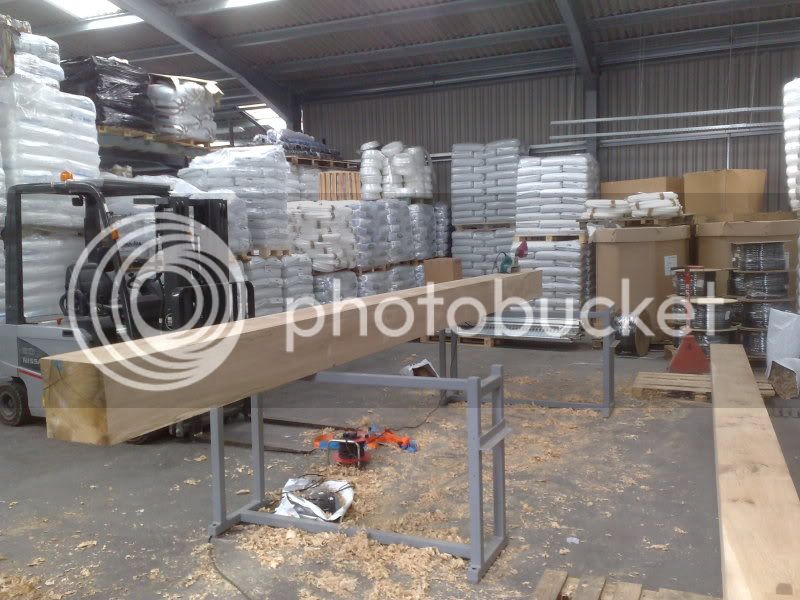LuptonM
Established Member
Atm I am planing 3" thick (very rough sawn oak) that is about 1.4m long and 6" wide and have another 4 bits to go. Quite a daunting task :shock:
How ever I am slightly worried that upon joining them I won't be able to get them to glue well together, as usually the clamps help with the 'hollow' I create but in such thick and long wood I don't think its gunna work, but we'll see
Do even u hand tool guys prepare your timber by hand or do u just stick it through the jointer? I really wish I had one at the moment at time, as even though hand planing is all good and that, its not much fun when the timber requires alot of attention
PS: I must say when I planed the sludge of my 'rain dried timber' from my 'local timber yard' I was pleasantly surprised at the quality of the oak.
How ever I am slightly worried that upon joining them I won't be able to get them to glue well together, as usually the clamps help with the 'hollow' I create but in such thick and long wood I don't think its gunna work, but we'll see
Do even u hand tool guys prepare your timber by hand or do u just stick it through the jointer? I really wish I had one at the moment at time, as even though hand planing is all good and that, its not much fun when the timber requires alot of attention
PS: I must say when I planed the sludge of my 'rain dried timber' from my 'local timber yard' I was pleasantly surprised at the quality of the oak.





